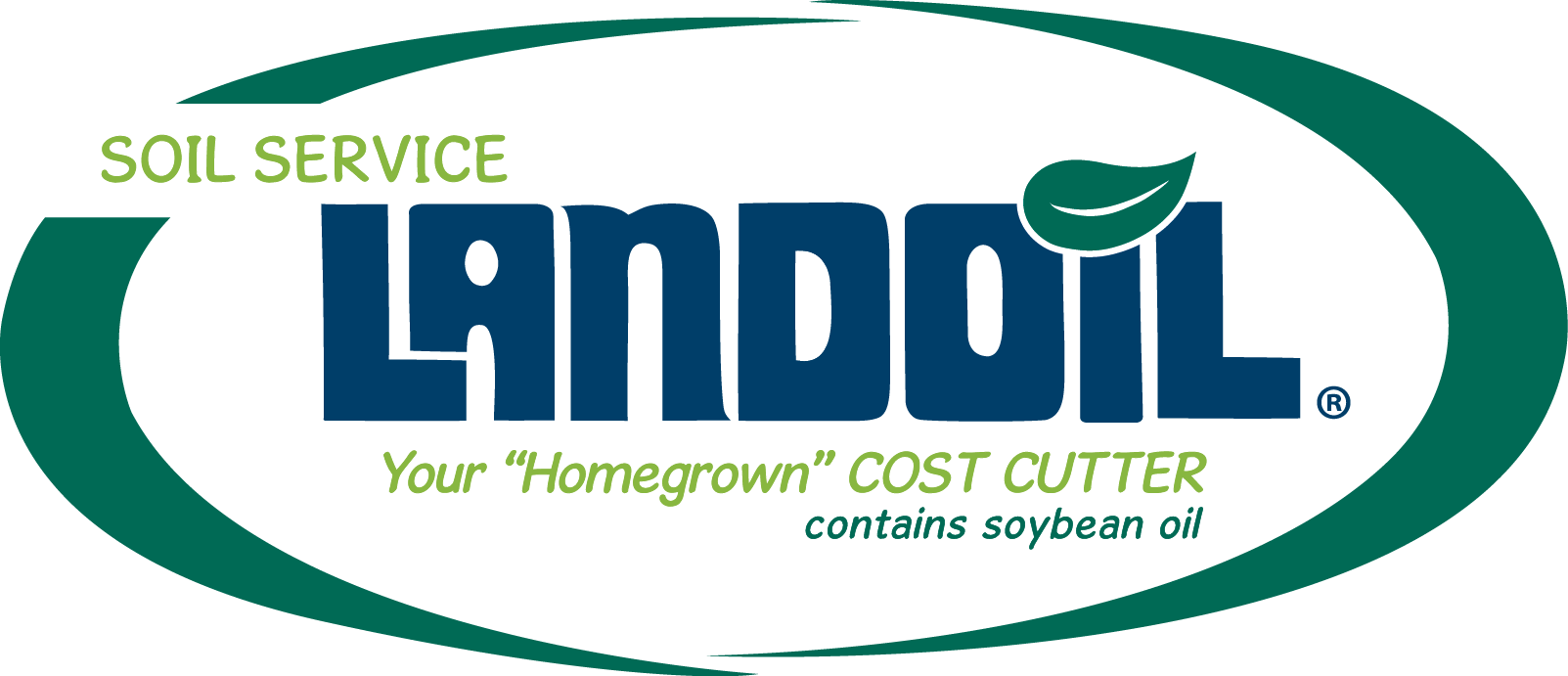Here in Central Illinois, the temperature outlook through the end of April has high’s in the 60’s with low’s dipping down to the mid 40’s to high 30’s. When the overnight low temperature dips down below 50 two days before or two days after application, the effectiveness of glyphosate starts to decrease. This can create issues with early season weed control and I particularly get concerned when terminating cover crops like annual rye, cereal rye, and wheat. My advice to growers facing this situation is to adjust and make changes to their roundup application to compensate for the cooler temperatures. The first adjustment that I would look at is your glyphosate rate. It may not be a bad idea to adjust rates by 50% if you can remain on label. If you’re terminating rye or wheat cover crops, I like to keep my glyphosate rate at a minimum of 1.25 lbs of acid equivalent (not active ingredient) per acre when terminating cereal rye and 2.5 lbs of acid equivalent when terminating annual rye or wheat. The second adjustment I would make is on your  spray adjuvant. Even if you’re using a “loaded glyphosate” that is supposed to come with all the surfactant you need, there will still be a benefit in providing a surfactant (NIS) that will provide spreading action of the spray droplets. I want the spray droplet to be able to stay on the plant surface and not roll off. Any droplet that rolls off are useless and efficiency of our spray solution is important in these less than ideal conditions! This spreading is even more crucial if you’re using air induction nozzles or any nozzle that provides a coarse droplet. Our Landoil provides these spreading benefits as well as adhering your chemical to the plant better than most other surfactants on the market. Landoil can also be used as a drift reduction agent, will help penetrate solution into the plant, and will improve the rainfast of most herbicide products. As always, make sure your spray water is conditioned
spray adjuvant. Even if you’re using a “loaded glyphosate” that is supposed to come with all the surfactant you need, there will still be a benefit in providing a surfactant (NIS) that will provide spreading action of the spray droplets. I want the spray droplet to be able to stay on the plant surface and not roll off. Any droplet that rolls off are useless and efficiency of our spray solution is important in these less than ideal conditions! This spreading is even more crucial if you’re using air induction nozzles or any nozzle that provides a coarse droplet. Our Landoil provides these spreading benefits as well as adhering your chemical to the plant better than most other surfactants on the market. Landoil can also be used as a drift reduction agent, will help penetrate solution into the plant, and will improve the rainfast of most herbicide products. As always, make sure your spray water is conditioned  with products such as Soil Boost Plus or Soil Boost Extreme. This will keep the glyphosate from tying up with hard water ions in the spray water. This is an extremely important step no matter what the weather conditions are when spraying glyphosate!
with products such as Soil Boost Plus or Soil Boost Extreme. This will keep the glyphosate from tying up with hard water ions in the spray water. This is an extremely important step no matter what the weather conditions are when spraying glyphosate!
In the past I’ve used a whiff of 2,4-d (2-4 oz.) to help terminate hard to control cover crops such as annual rye and wheat. I’m not using 2,4-d for its weed killing capabilities but more for its growth regulating properties with the hope that it helps with the performance of the glyphosate. I did this last year in some situations and to be honest I don’t know if I gained much in terms of control. One last thing I advise to delay glyphosate applications a couple days if low temperatures are below freezing or look to get below the freezing mark.
If you have any questions or need any help please give us a call and we will be more than happy to assist you!
Stay Safe!
Derek Porter
Central Illinois Sales Manager
(309)267-6905
dporter@soilserviceinc.com

